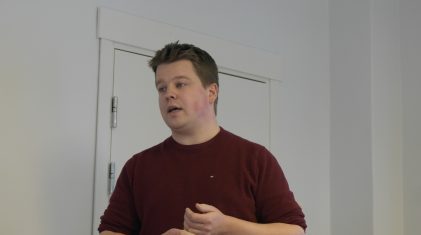But Skretting distances itself from the statement that there is little interest from fish feed producers for insect feed.
Earlier on Monday, SalmonBusiness reported that The Norwegian Institute for Bioeconomics (NIBIO) and the National Institute for Nutrition and Seafood Research (NIFES) have been collaborating on a project, in which mealworms are being bred on residual waste, which will later become fish feed.
NIBIO project manager Gunnhild Jaastad told the newspaper Hardanger Folkeblad that: “As of today, larvae will be a more expensive option than traditional fish feed. Therefore, there is little interest among fish feed producers as of today. That could change, for example, if it becomes so important for the aquaculture industry to be more environmentally friendly than they are willing to pay more for their feed. If we find that waste from larvae production can also have a value in agricultural production, it will give the insect producers another leg to stand on”.
Feed giant Skretting contacted SalmonBusiness to stress that both Nordlaks and Lerøy are salmon farmers who already use insect feed, and Skretting currently is cooperating with several insect feed producers to scale up production.
“But there are still several areas that we need to research more when it comes to insect feed, and thus Skretting welcomes NIBIO’s project,” said Skretting Norway director of product development Mads Martinsen.
“Already in 2018 Skretting was the first to include insect feed in commercial feed receptions, and today we have, among other things, put fish feed Nutra Buzz on the market. We committed early on to using insect feed to increase production at insect feed producers, and we also devote resources to helping them achieve greater and stable production quality. But we must recognize that it is difficult to sell insect feed due to the increased price. That does not mean that we are giving up, we have to work on this now to secure new, good raw materials that we can enjoy both now and for the future,” added Martinsen.

